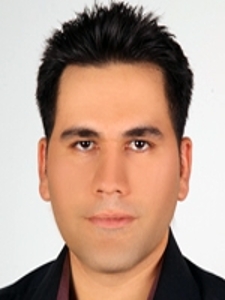OSE Dissertation Defense with Mr. Behnam Abaie, Ph.D. Candidate
Departmental News

Posted: November 26, 2018
Date: Tuesday, November 27, 2018
Time: 2:00 PM to 3:30 PM
Location: CHTM, Room 101
Map to CHTM:
http://chtm.unm.edu/about/map-directions.html
Parking passes are available at the receptionist desk. The CHTM building is equipped with ADA accommodations as well as parking spaces.
Committee Members:
Dr. Arash Mafi, Chair, CHTM and P&A
Dr. David Dunlap, P&A
Dr. Mani Hossein-Zadeh, ECE
Dr. Alejandro Manjavacas. P&A
Abstract:
In this dissertation, transverse Anderson localization (TAL) of light mediated by disordered optical fibers is exploited for high-quality optical wave transmission and novel random lasing applications. En route, we first establish a powerful numerical platform for detailed investigation of TAL optical fibers (TALOF). A modal perspective is adopted to generate a fast and effective algorithm which can be implemented on personal computers.
Thereafter, as one of the significant applications of TALOFs, random laser action in TALOF is reported for the first time. Light amplification in TALOF occurs in transmission channels which are induced by transversely localized modes. We demonstrate that the strong isolation of these transmission channels reduces the mode competition significantly and the resulting random fiber laser is highly directional and free of chaotic spectral fluctuations which had prevented these versatile light sources from being main stream photonic devices.
Finally, we show that while disorder is always considered as a source of noise and deviation from the ideal performance in optical devices, if the randomness is strong enough, high-quality single-mode wave transmission is supported in completely disordered optical fibers, thanks to the peculiar Anderson localization phenomenon. A substantial number of Anderson localized modes in TALOF possess M2 < 2 indicative of nearly diffraction limited beam qualities. Our studies in this dissertation pave the way for a new class of single-mode fiber lasers and hint to the potential of our disordered fiber in nonlinear applications where a high-quality wavefront is required.
